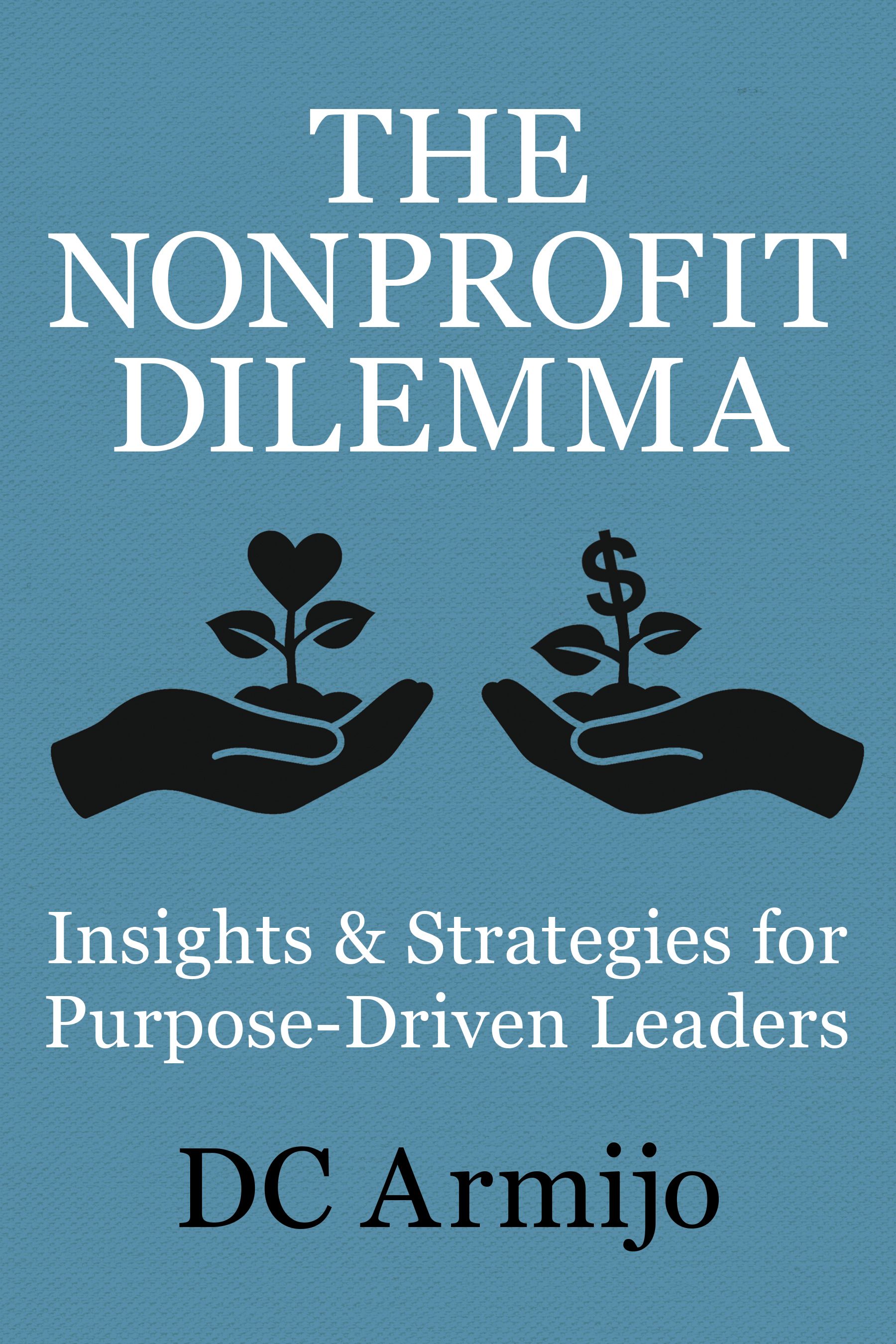Booklife Review

Chapters are laser-focused and built around the organizational roles that drive the nonprofit sector (future leaders, executives and managers, and trustees). Armijo weaves the fiduciary/impact dilemma into all aspects of the business, including common governance issues, how to build and empower purpose-driven teams, strategy and execution, employee management, and more. Readers familiar with the nonprofit sector will find many well-known business theories here, ranging from logic models like the driver diagram to Armijo’s own “Wow Model of Clarity” for fine tuning organizational missions, and Armijo employs effective analogies from both history and contemporary culture to deepen the learning.
Regardless of readers’ experience in the nonprofit world, Armijo’s guidance is timeless, offering an inside view into the constant tension between mission and money that plagues the business. He emphasizes the idea that “nonprofit is a tax designation, not a business model,” urging nonprofit leaders to always keep their business strategy at the forefront of every decision. “You want to develop the business in order to grow its impact and improve its financial health over the long run,” he writes, and the myriad pointers, pitfalls to avoid, and operational guidance contained in The Nonprofit Dilemma will help readers do just that.
Takeaway: Valuable guidance for any role in the nonprofit sector.
Comparable Titles: Leslie R. Crutchfield and Heather McLeod Grant’s Forces for Good, Dan Pallotta’s Charity Case.
Production grades
Cover: B+
Design and typography: A
Illustrations: N/A
Editing: A
Marketing copy: A


